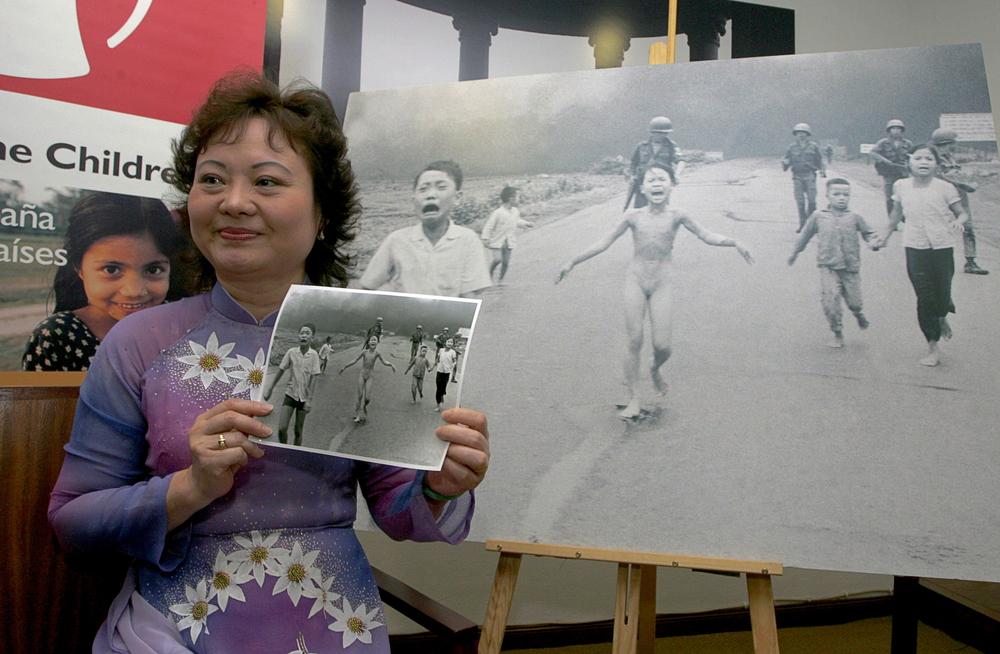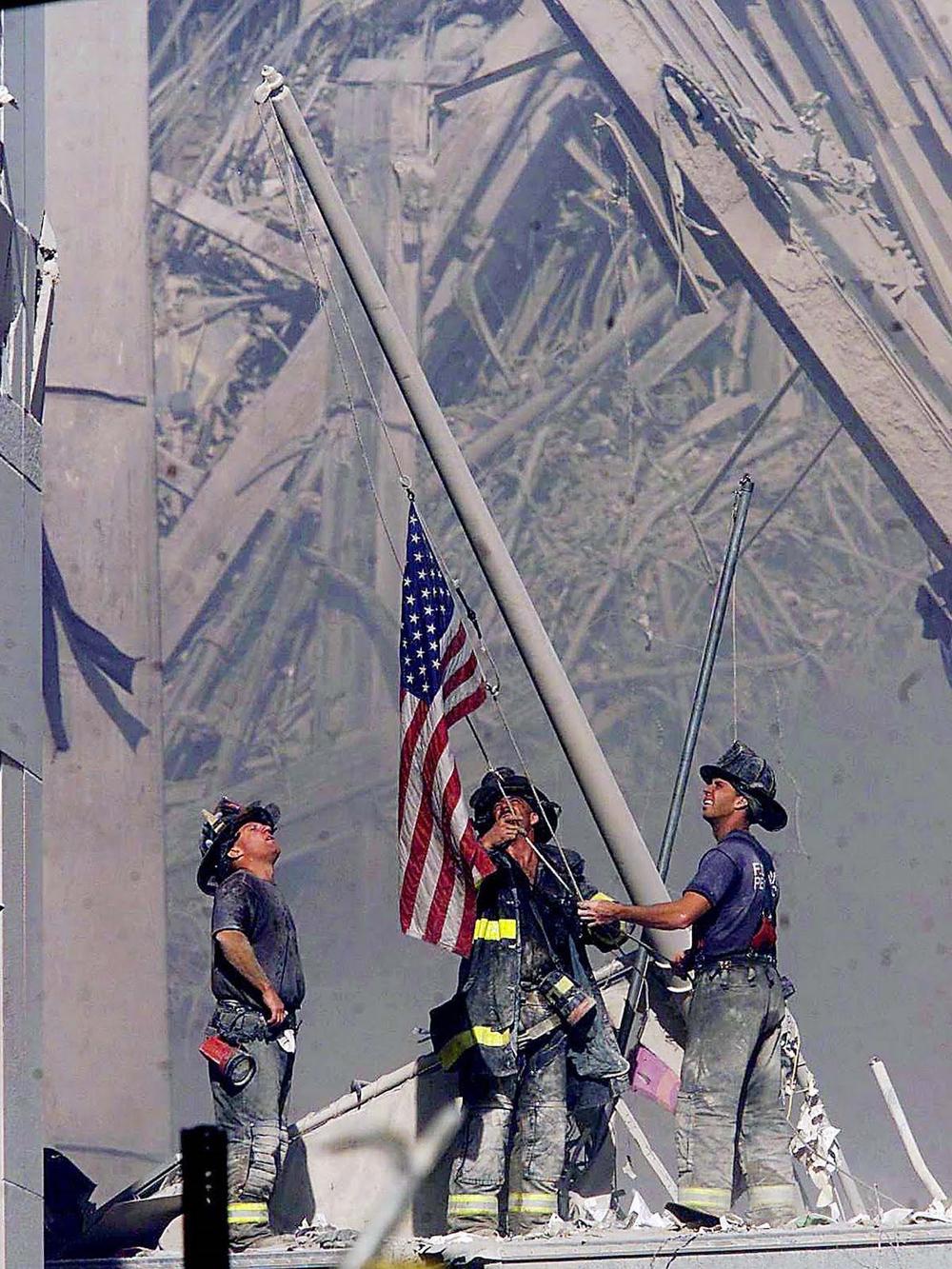How a Single Photograph May Be Changing the Way the World Thinks
By now, you've probably seen the photo. A lifeless boy, body limp and legs dangling, is carried by a Turkish paramilitary officer from the water's edge. The image is a powerful representation of the refugee crisis in and around the Mediterranean.
Taken by photographer-reporter Nilufer Demir, the photograph sped quickly around the world in mass media and on social networks, sparking increased outrage with every post and retweet.
Photographs like this stay with you, as unshakable as a bad childhood memory. When I first looked at it, I naturally thought of my own child. But then my thoughts turned to the boy, 3-year-old Aylan Kurdi, and the hardships his family must have endured before getting into that 15-foot rubber raft. Then I angrily thought of the bigger picture: How could this be allowed to happen?
On Thursday, the New York Times used the photo on an inside page, above a story with a headline that read, "Sight of Tiny Victim Stirs the World." USA Today used a more graphic shot of the boy, showing him lifeless and facedown in the surf. The paper ran a warning note explaining its decision to "illustrate the significant horror of the situation."
We've seen these types of images before — pictures of tragedy so shocking and unacceptable that they become a catalyst for change. Many have compared the boy to photographer Nick Ut's Vietnam-era picture of a naked girl, terribly burned in a napalm attack, screaming in pain and terror. In 1972, the Pulitzer Prize winning image sparked anti-war protests all over the world. Now 64, the LA-based Associated Press photographer said this latest image "of war" instantly reminded him of his famous image.

Kim Phuc poses next to the iconic Pulitzer Prize-winning photo of her taken in 1972 by Nick Ut. (Photo by Borja de la Lama/EPA)
"For me, [the photo of the dead boy] shows the tragedy," Ut told me. "People didn't want to see the napalm photo. I think it was very important. The world needs to see this photo. It's sad, but people need to understand."
When is a photograph too graphic or inappropriate to publish? Editors have argued about this since photography was first used as a communication tool, and there have been countless examples that have tested the public's threshold. Last week, Bryce Williams used his cell phone to record him murdering two journalists on live TV. The New York Daily Newsused a series of stills from Williams' video on its front page, sparking an outcry across social media.
The expression on the face of 24-year-old reporter Alison Parker nanoseconds before her life ended is one of the most chilling looks at impending death I've ever seen — but I was not in favor of using the images. Much like the Islamic State's videos of its killings, or Virginia Tech killer Seung-Hui Cho leaving behind violent portraits, Williams shot his video only to aggrandize himself with death porn. Instead, outlets should have used the last image recorded by cameraman Adam Ward, which showed the killer pointing his gun at the camera. It told the story.
There are other iconic images that draw similar comparisons, such as Richard Drew's "Falling Man" from 9/11, which depicts a man in a white coat plunging from one of the upper floors of the burning World Trade Center. His identity remains a mystery, but whether the image should have been published is still debated.
There's also South African photographer Kevin Carter's photo taken in famine-stricken Sudan, of a seemingly starving girl slumped over in the dirt while a vulture lurks behind her. Carter, who took his own life shortly after winning the 1994 Pulitzer Prize for the photo, was asked why he didn't help the child. The precise circumstances of the photo, and how at risk the girl actually was, have been debated. Regardless, the argument could very well be made that he did more good by illuminating the crisis to the entire world than he could have done simply by feeding her.

Franklin's photo of firefighters raising the American flag at the World Trade Center on September 11, 2001.
Does the public need to be repulsed by a photograph in order to truly understand there is a famine in Sudan, or a massive migration and refugee crisis occurring as the result of poverty and war? The answer is a resounding yes. We should be repulsed. We should also be enraged, and be loud in our anger. The world should take notice.
Good photojournalistic images provide broader understanding. And in some cases they change the world. My famous picture from 9/11, which shows three New York firefighters raising the flag at Ground Zero, did just that. Widely viewed as one of the symbolic images of that day, it was used as a tool to raise money, mostly through the use of the image on a US postage stamp. It helped raise more than $10 million dollars for families of the victims of 9/11; additional money was then used by FEMA to help Katrina victims. The impact of the photograph has been far-reaching.
The picture of Aylan Kurdi has become the iconic image of the refugee crisis, emblematic of the world's failure in Syria and elsewhere. Now it remains to be seen whether the power of that image will translate into action.
Thomas E. Franklin is a photographer and video journalist who currently teaches at Montclair State University. Follow him on Twitter: @tomefran

Nessun commento:
Posta un commento